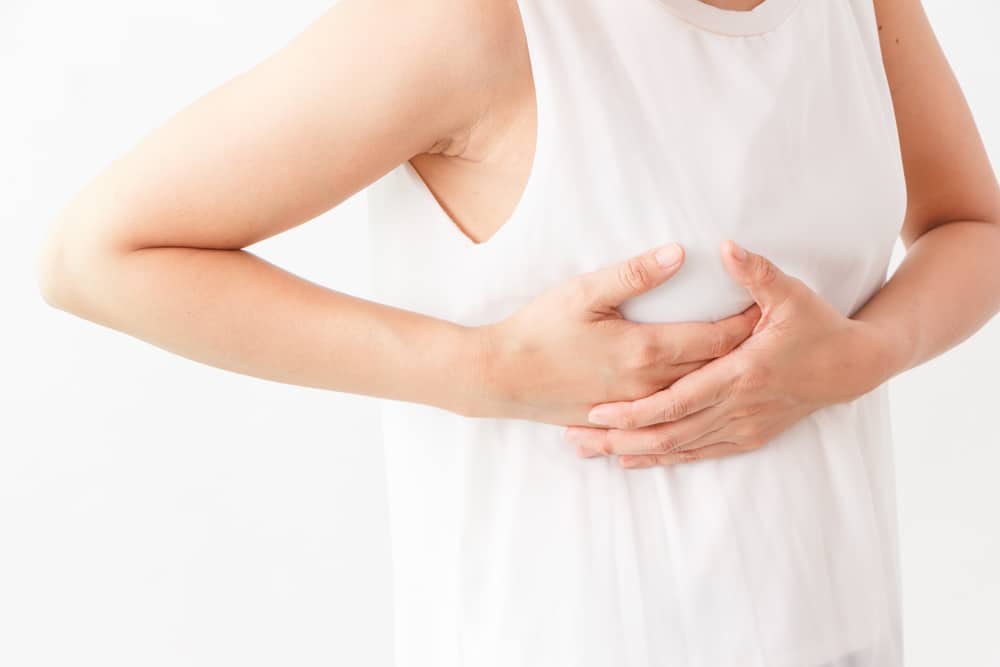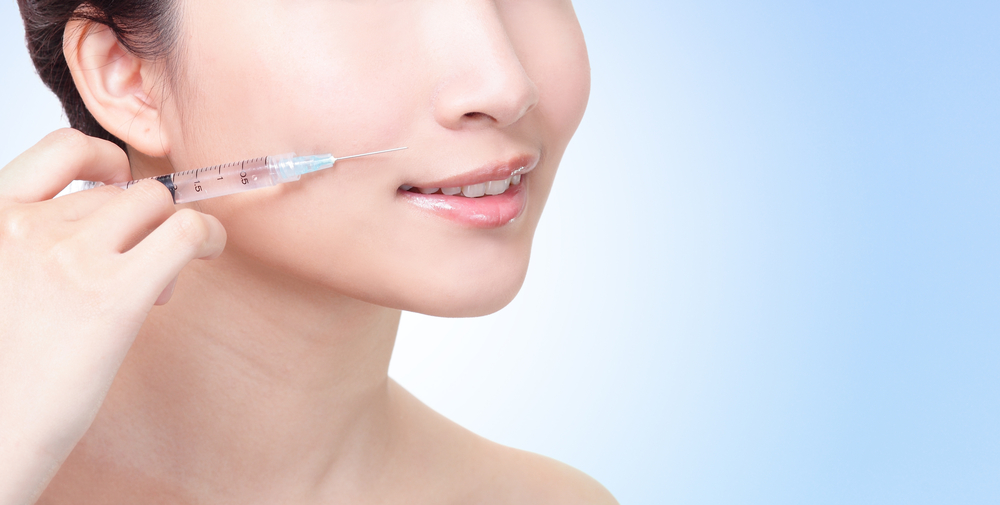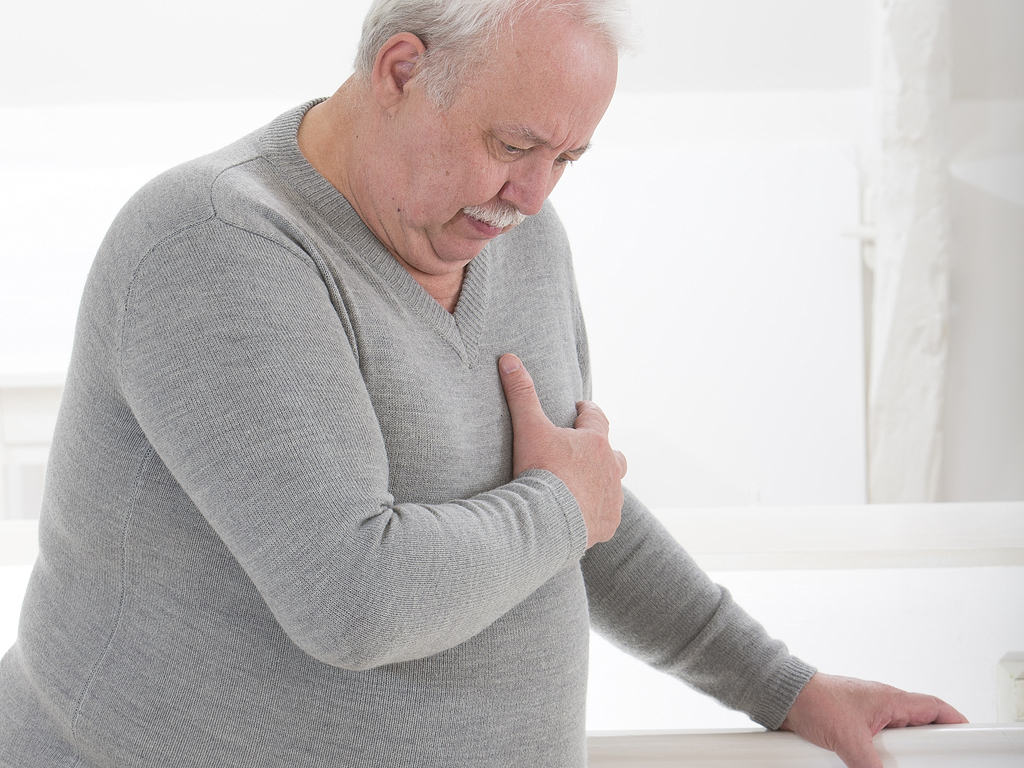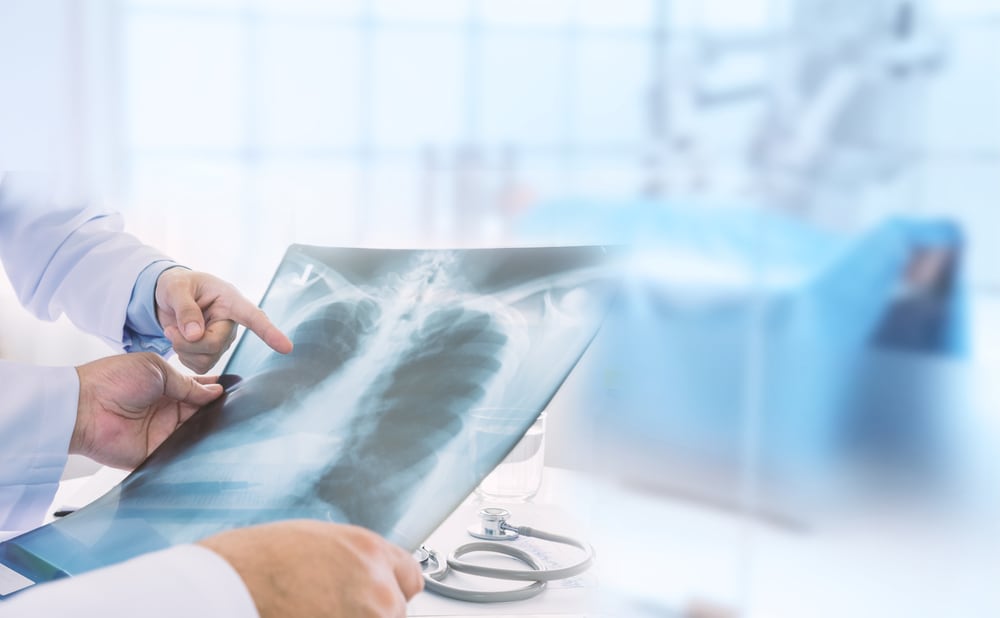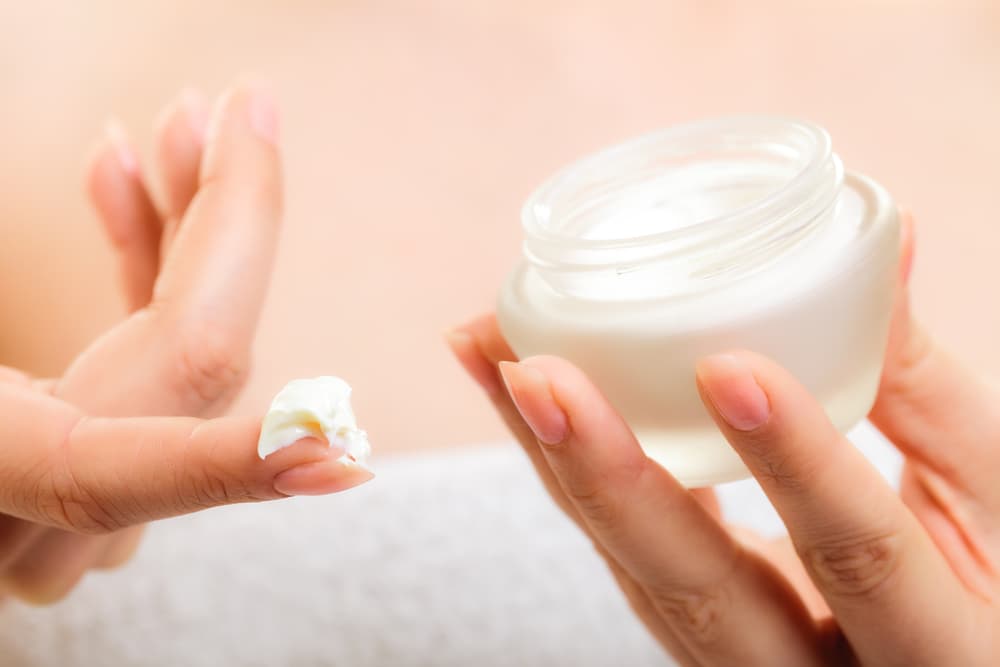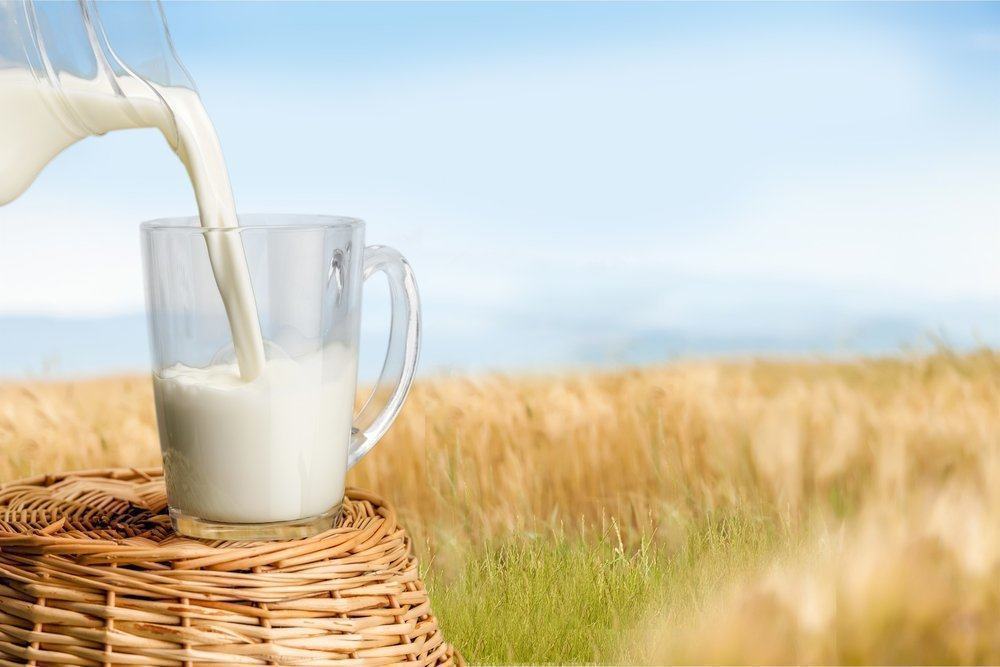Contents:
- Medical Video: Anatomy And Physiology Of The Female Breast - Manipal Hospitals
- Outer breast anatomical structure
- 1. Corpus (breast body)
- 2. Areola
- 3. Nipples (papilla)
- Anatomical structure of the inner breast
- 1. Adipose tissue
- 2. Lobules, lobes, and milk ducts
- 3. Blood vessels and lymph nodes
Medical Video: Anatomy And Physiology Of The Female Breast - Manipal Hospitals
Every human being has breasts, both men and women. It's just that male and female breasts have very different functions. Breasts in men are present, but cannot develop. While in women, the breast will form after puberty and has a very important function as a source of breast milk production (ASI). Maybe some of you still don't know what a woman's breast anatomy looks like.
Breasts in women are paired structures located on the anterior thoracic wall. Breasts contain mammary glands, the main function of which is breastfeeding. Most women's breasts are not symmetrical, in terms of size and location.
If you pay close attention to your breasts, there is usually one of the slightly larger or smaller breasts. Likewise with the location, there is a little higher or lower, essentially both of them are not sized and located exactly the same.
The anatomical structure of the breast can be divided into two, the first structure that you can see with the naked eye is the outer anatomy of the breast. While the part that composes the breast is located inside and is called the anatomy of the inner breast.
Outer breast anatomical structure
1. Corpus (breast body)
The meaning of the body is a circular part that has enlargement in the breast or can be called the breast body. Most breast bodies consist of a collection of fat tissue that is covered by the skin.
2. Areola
The areola is the black part that surrounds the nipple. There are many sebaceous glands, sweat glands, and mammary glands. The sebaceous gland serves as a protective lubricant for the areola and nipples. This part of the areola will be enlarged during pregnancy and lactation.
On the inside of the areola, there are dilated channels called lactiferous sinuses. This lactifer sinus is responsible for storing milk in the mother's breast during lactation until it is finally released to the baby. Cells that play a role in the areola movement during breastfeeding are called myoepithelial cells, the point of which is to encourage the release of milk.
3. Nipples (papilla)
The nipples and areola are the darkest areas of the breast. The nipple is located in the middle of the areola, which consists mostly of smooth muscle fibers, which function to help the nipple to form when stimulated.
During puberty girls, the pigment in the nipple and the areola will increase (so the color becomes darker) and make the nipple more prominent.
Anatomical structure of the inner breast
1. Adipose tissue
Most female breasts consist of adipose tissue or commonly referred to as fat tissue. Fat tissue is found not only in the breast, but in several other body parts.
In women's breasts, the amount of fat that will determine the difference in the size of a woman's breast from one another. This tissue also provides soft consistency in the breast.
2. Lobules, lobes, and milk ducts
Lobules are the mammary glands, one of the inner constituents of the corpus or breast body, which are formed from collections of alveoli as the smallest unit of milk production. The collected lobules then form lobes, in one female breast there are generally 12-20 lobes.
The lobes and lobules are connected by a milk duct that carries milk to the nipple (see picture above).
3. Blood vessels and lymph nodes
Blood vessels and lymph nodes are also the parts that make up the breast. In addition to consisting of a collection of fat, the breast also has a collection of blood vessels that are useful for supplying blood. Especially in pregnant and lactating women, blood carries oxygen and nutrients to the breast tissue and then the blood vessels in the breast are in charge of supplying the nutrients needed for the production of breast milk.
While lymph is a liquid that flows through tissue called the lymphatic system and carries cells that help the body fight infection. The lymph channels point to small lymph nodes that are part of the lymphatic system.
Lymph nodes are located in several parts of the body such as the armpit, chest, abdominal cavity, and above the collarbone. In the case of breast cancer, cells that cause cancer can enter through blood vessels or lymph channels. If the cancer has reached this point, chances are that cancer cells have spread to other parts of the body.

